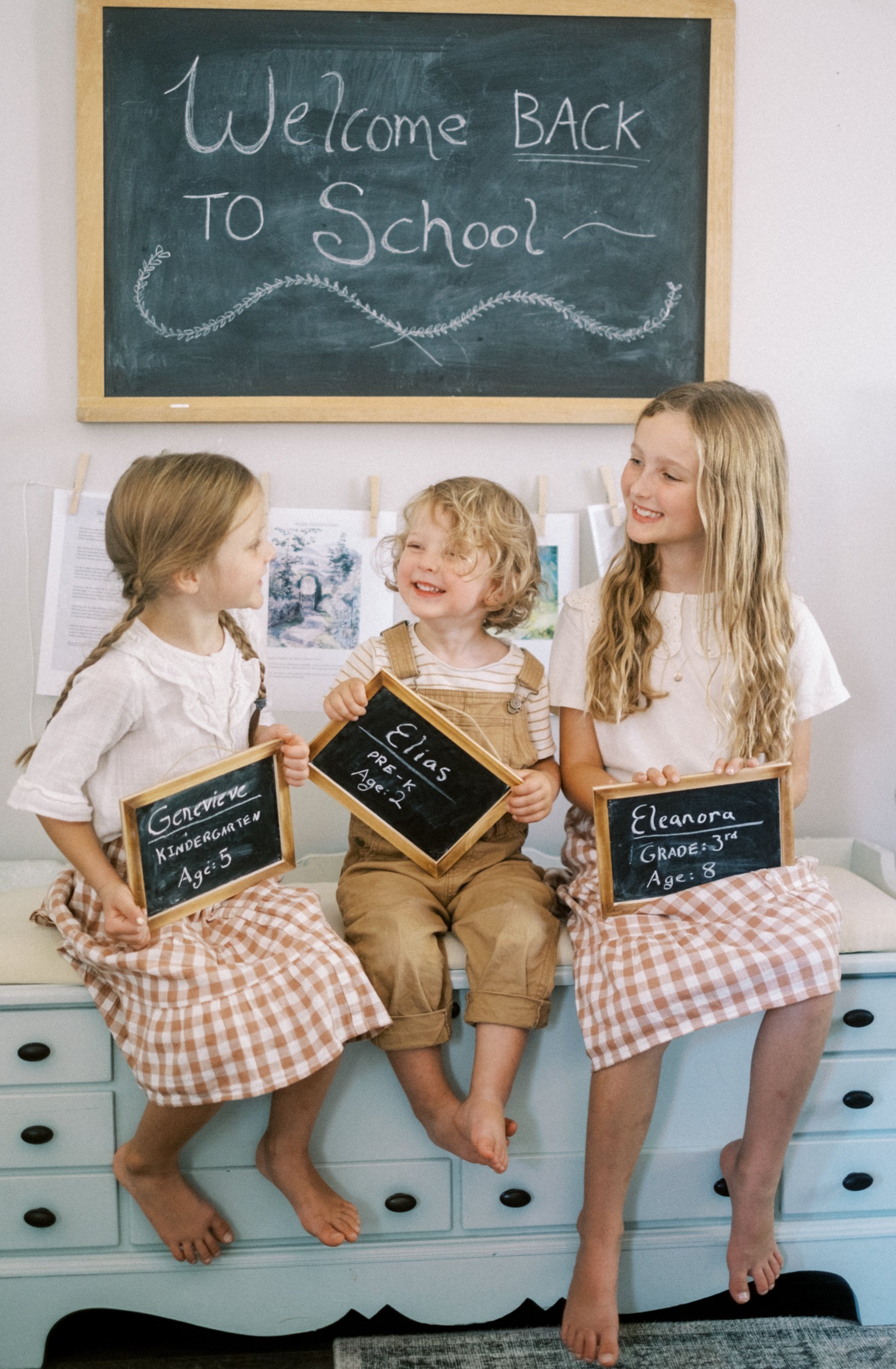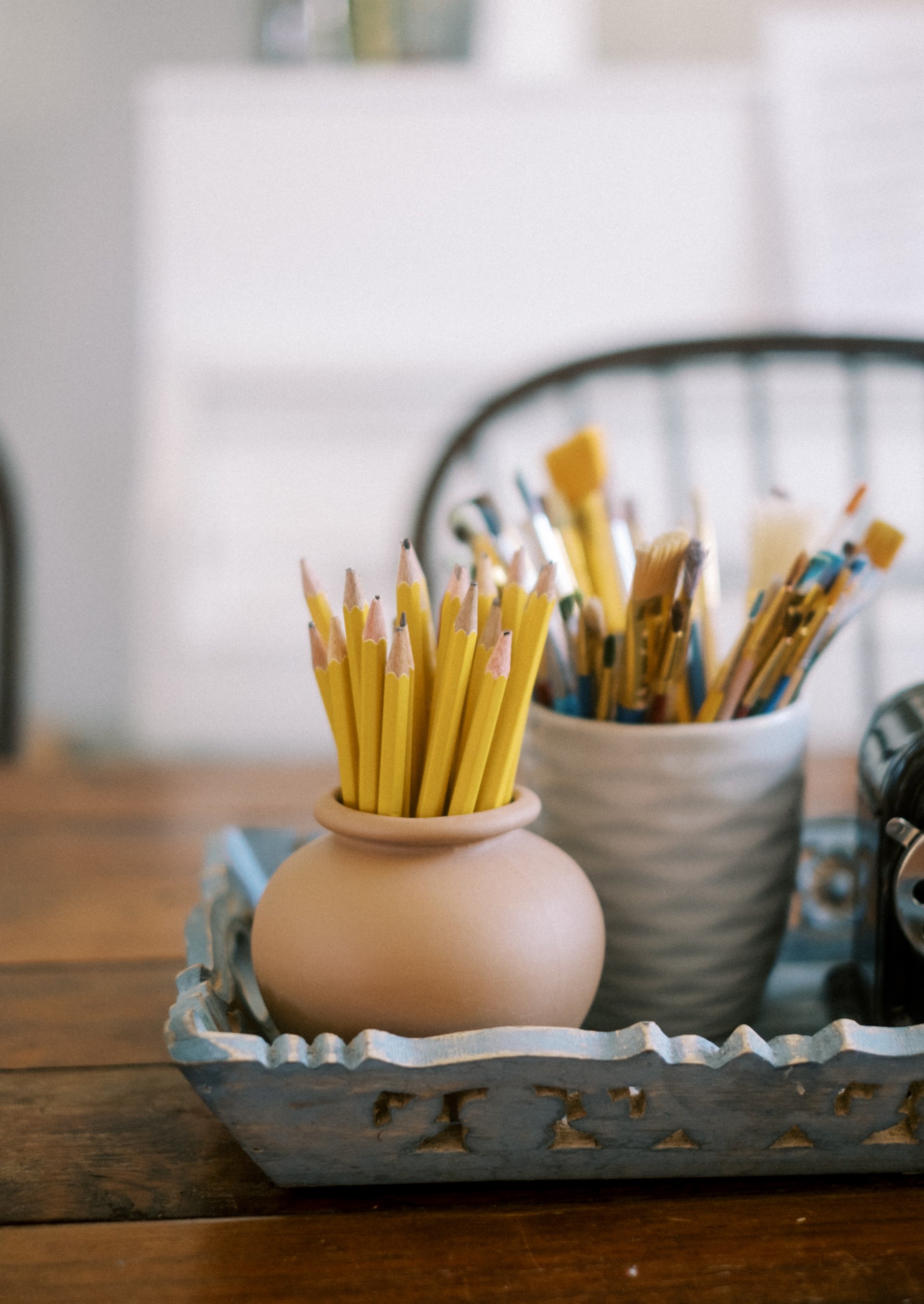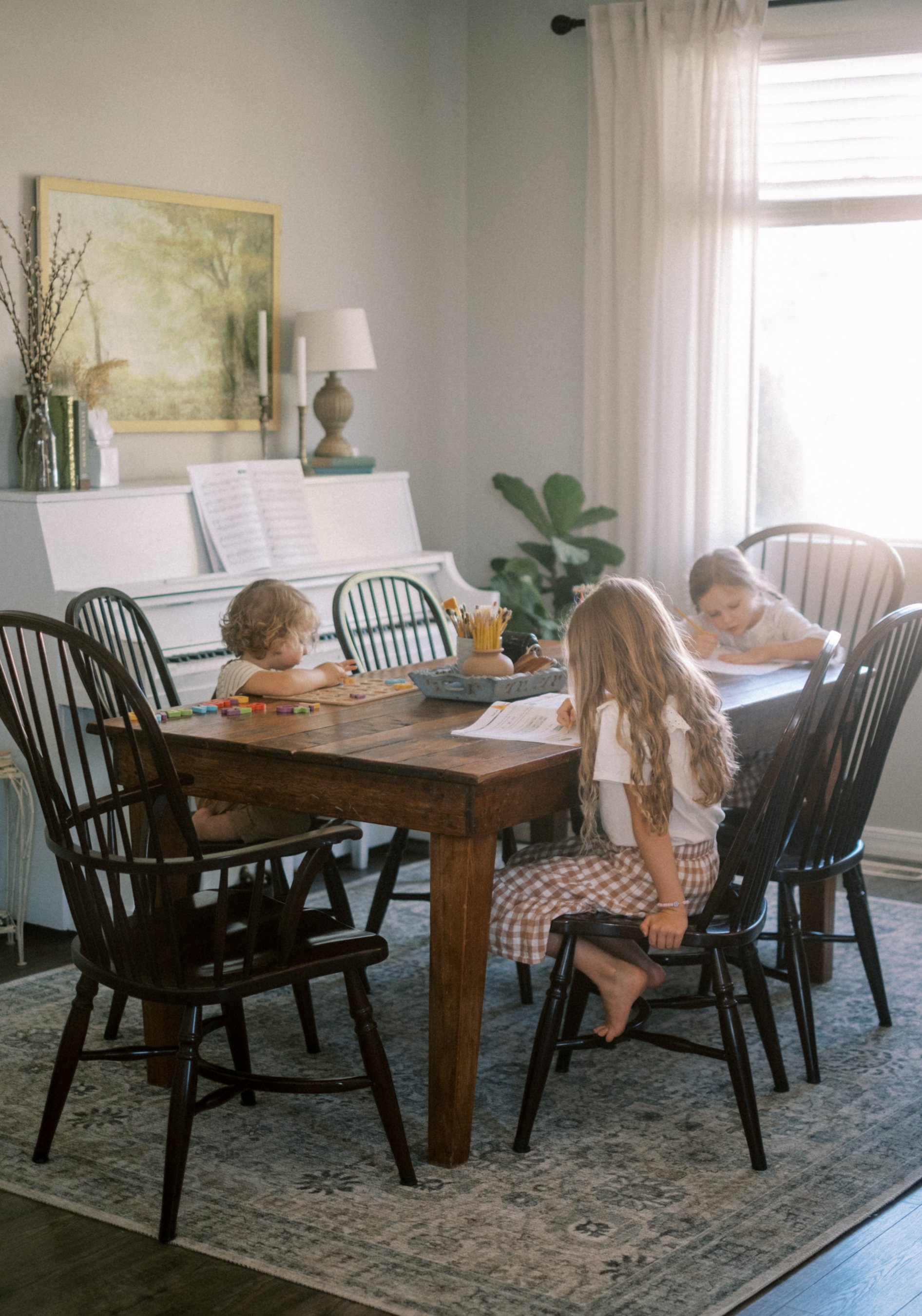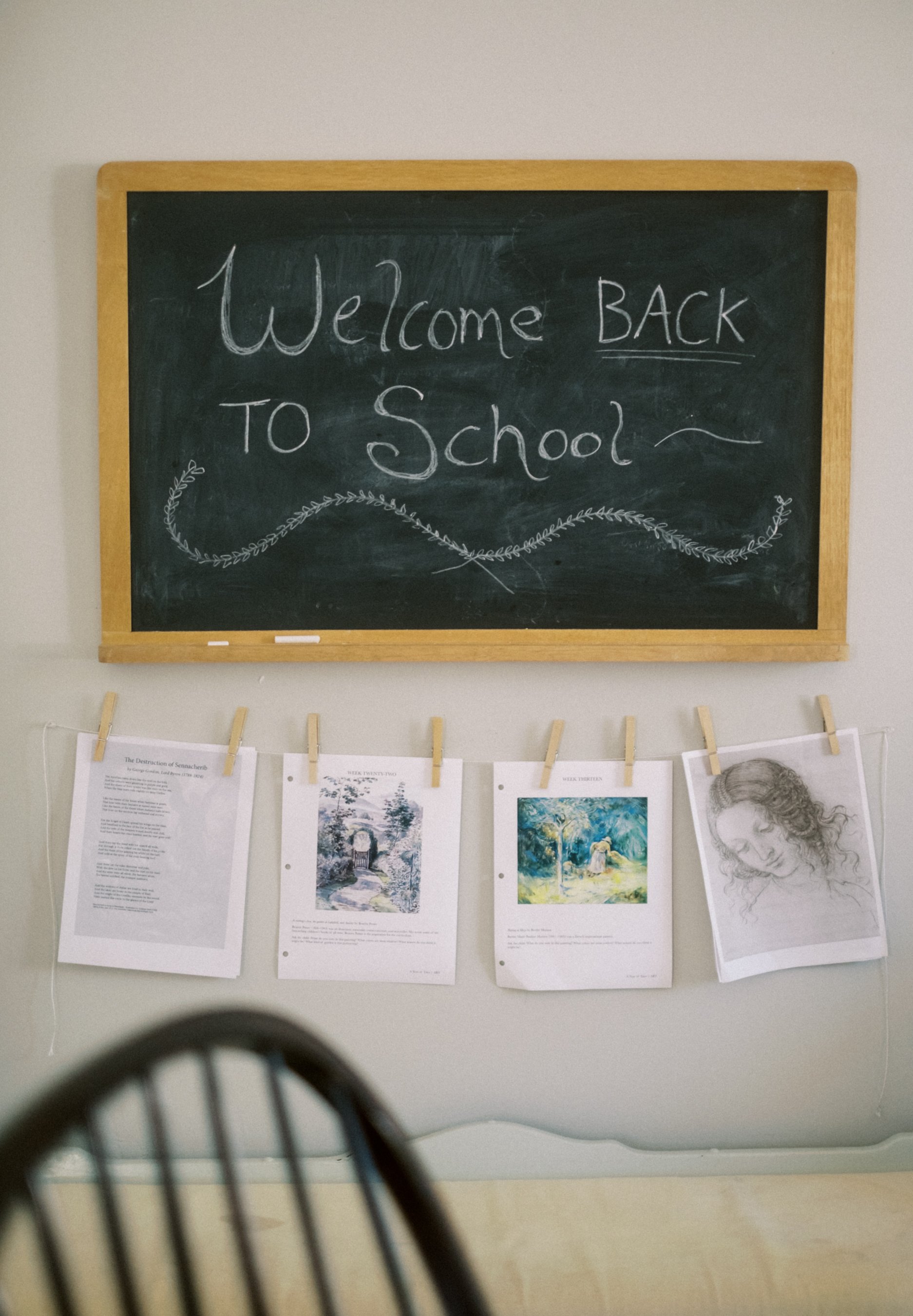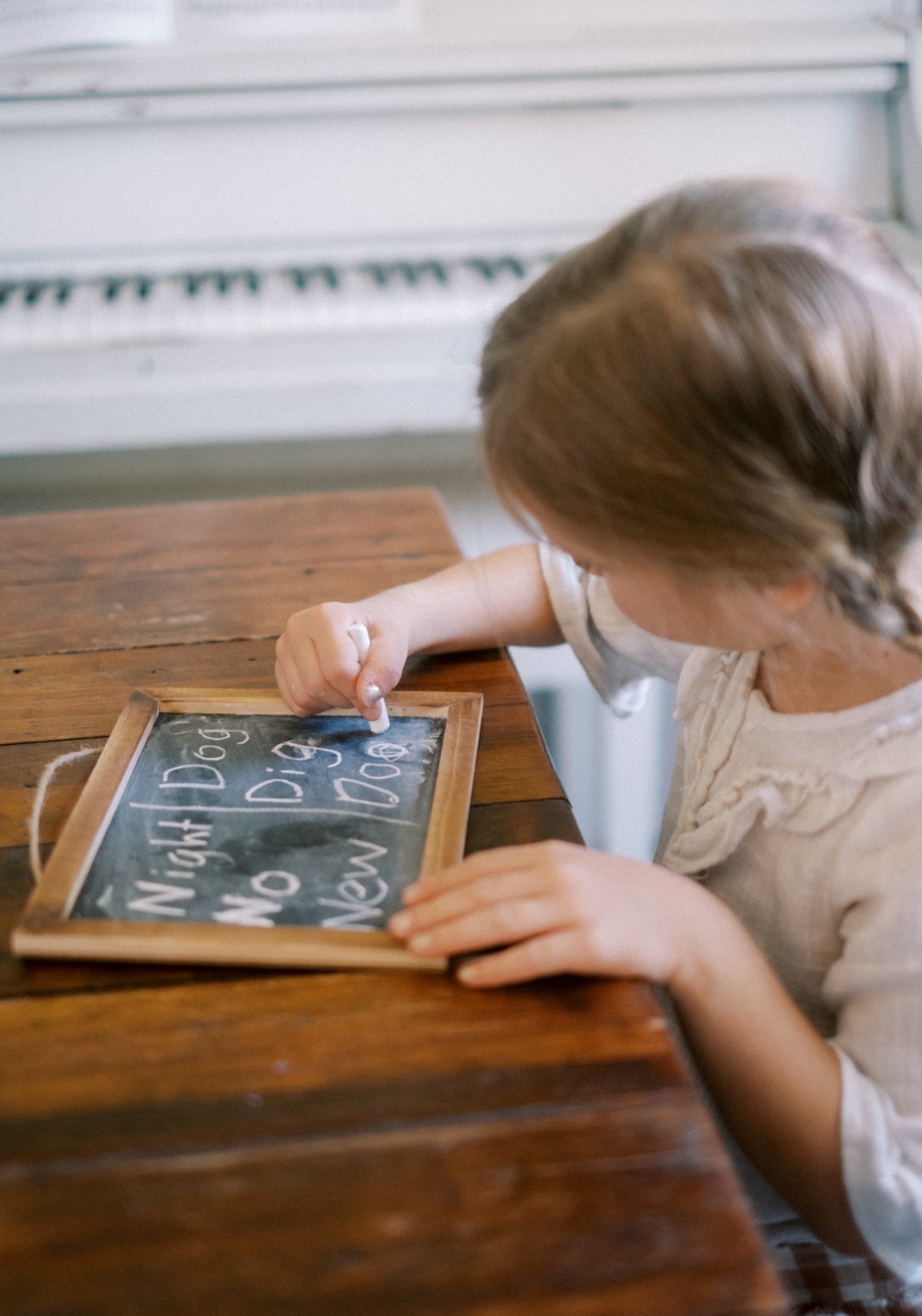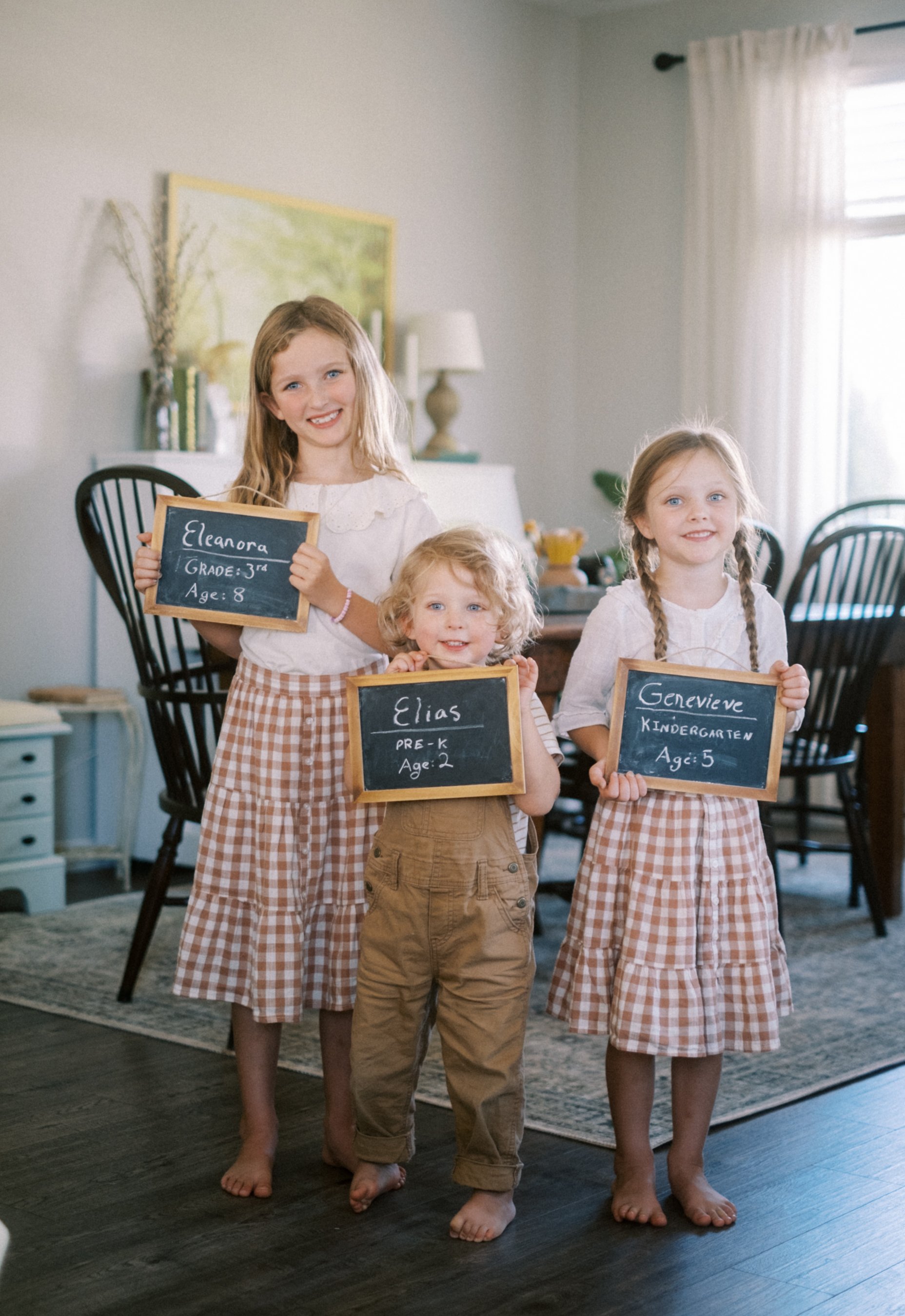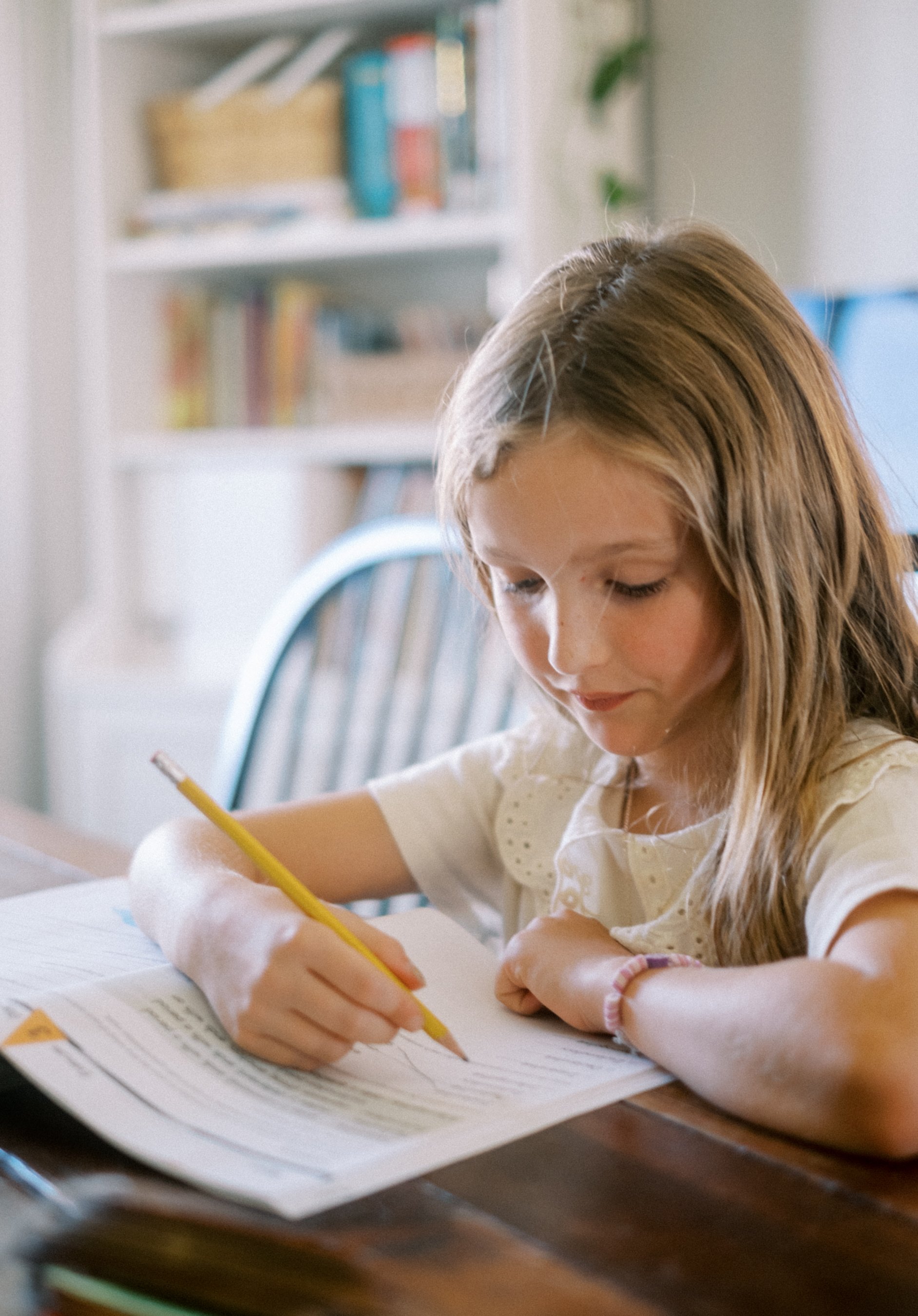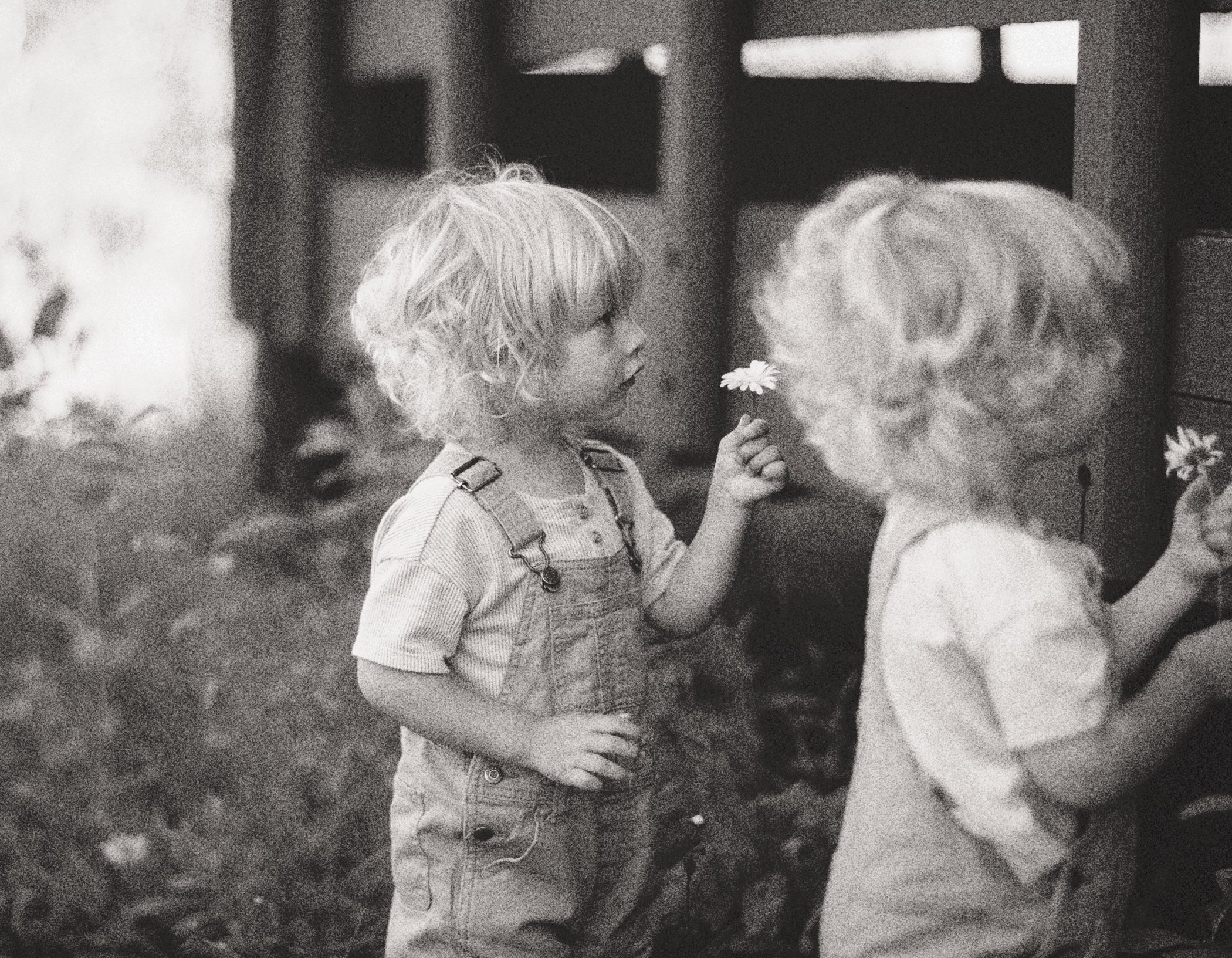Where to Start with Homeschooling
/I am excited to finally share this post for any of you interested in starting the homeschooling journey. It’s been going on six years of homeschooling our kids, and I can hardly believe that our oldest is going into 4th grade! I haven’t put much out there before now, honestly because I was still getting my bearings on our homeschool rhythms. (Throw baby twins into the mix and you will quickly discover what really works and what really doesn’t!) Now our routines and goals feel more like second nature to me, though I am still learning and growing alongside our kids. I’m thankful that homeschooling doesn’t feel so big and scary anymore. I do still question everything on at least a yearly basis, but my confidence as a teacher has expanded as I see that they actually are learning something! And by now, I’m grateful to see they’ve learned a lot! Most of the time kids just need someone to be curious with them, and to help them love learning by modeling it. After that encouragement they often flourish on their own. All in all, I have come to truly LOVE homeschooling, and I love to help others on their journey so they can love it also.
Step 1: Figure out why you are homeschooling
Everything starts with the WHY. It’s the biggest piece of the puzzle to know if you are supposed to homeschool or not. Every single time I have doubts and those “I’m messing up our kids” moments, I come back to my why. It’s a solid rock for me when things get hard. I know I am supposed to be teaching my kids in this season. It will be different for everyone. I encourage you to dig deep and find your own.
My why when I first started has shifted as our family and circumstances have changed. My why started with our firstborn’s particular personality and needs and grew with our family. I knew I needed to homeschool for her, but now we homeschool for us, for the freedom, for the time together, and for the enrichment I see that it brings to all of our lives. When the load of responsibility and needs for each child feels heavy for me as the primary teacher, I go back to those things.
Step 2: Figure out your states requirements
I’ve lived in Alabama, Florida, and Utah, and the state laws have been very different in each. We currently have a lot of support and options for homeschooling in Utah, so that is helpful. The HSLDA website is a great place to start in figuring out your state’s requirements. They have lots of information available, especially in regard to protecting your rights as a homeschool family.
Step 3: Research different homeschooling approaches
There are many different ideologies and method for homeschooling. It can feel overwhelming when you look at all the different paths you could take. When I feel this way I remind myself that all these options are incredibly freeing, because it enables us to choose what is best for each child and individual family. Here’s a few approaches: Charlotte Mason, Montessori, Classical, Waldorf, Unschooling, University Model, Unit Studies, Lapbooks, etc. You can find a lot of information on the internet on each approach. I’ll get into my personal methods later, but for now I hope this is a helpful list for your research. I’ve also compiled a list of the books I have found helpful on my journey. You can find it here. I have spent a lot of time reading and learning the different homeschool approaches, but ultimately you will never know what works for you until you try things for yourself.
Step 4: Find what works for you
There are so many wonderful curriculums to choose from. Once you’ve found one or more methods that resonate with you and your child’s needs, you can use that method to help you narrow down your curriculum choices. For those looking for an all-in-one curriculum, popular companies are A Beka, Sonlight, Memoria Press, BJU Press, My Father’s World, etc. For those who choose the ecclective route, you can pick and choose from different sites. One good question yourself on this journey is, “What are my strengths?” When I first looked into homeschooling I honestly didn't think I was very qualified to teach my children, but I did know that I loved art and literature. My approach started with the homeschooling resources that lean in that direction. I was naturally drawn to them because of my personal strengths, so that is where I started. I took a bit from Charlotte Mason, Waldorf, Classical, and Montessori and made it my own. It all has to be tried out with my kids and tweaked to fit their individual needs. I found the curriculums that work best for our family are literature based, or resources that draw from what Charlotte Mason called a “living education.” I use those phrases to help me narrow down what I’m looking for. Here’s what we use:
History (some science) - The Peaceful Press (they have excellent book lists)
Art & Poetry - I use The Peaceful Press as a spring board and research the rest
Math & Language Arts - Masterbooks (I’m trying some science with them this year)
Writing - Institute for Excellence in Writing (not sure I love this though)
Early Readers - Bob books
Latin - I am trying Latin from Memoria Press this year
Music - We are slowly teaching them piano and ukulele with help from books and their Nana.
We’ve used these in the past: A Year of Learning, Beautiful Feet Books, and I’ve found different small science books or foreign language books to supplement. I also add in books from the Library and have a few other curriculums I am not mentioning because I haven’t decided if I love them or not. I really don’t think you can choose a wrong approach, but how you help each child thrive will probably look a little different for each individual child. This is the beauty of homeschooling!
My style of homeschooling emerged pretty naturally, but I didn’t see the patterns or the essential rhythms until years later. It took a while to feel confident in my own gifts as a teacher. We just had to try it all together to see what worked! Our preschool year was so much fun that it made me wonder why I was ever afraid of homeschooling. It gave so much structure and excitement to our days, but it was mostly just fun. By kindergarten and 1st grade my confidence faded again, as I had to figure out how to make more serious learning fun too. We already had some of our core routine, like time outside and read aloud, but needed more structure for learning. One huge thing we started implementing was notebooking. It is a method that varies but essentially helps kids remember what they have learned by putting key things in a notebook. For our use we do things like draw an animal we’ve learned about and write down interesting facts. We paint or draw pictures of places or people we’ve studied. We chart out nature studies or historical timelines. We jot down a piece of a favorite poem and the illustrate. It is a launching board for presentations. The options are endless! It’s probably the one part of our homeschooling that ties everything we learn together for us. The kids also love to look back in their notebook to remember everything they have learned. I say all that to point out that it can be something maybe not even in a curriculum that is a huge part of your method. Trying things helps you figure all of that out.
Step 5: Find good resources and support
This step is possibly my favorite. It’s time to buy all of those amazing extras for your home and classroom. There are so many amazing resources that bring life to homeschooling, books in particular. I don’t know everything about everything, so I need lots of resources to help me. I love to stock our shelves with beautiful books and items that ignite curiosity. I have made several idea lists on my Amazon Storefront. We own and use every single item on the list, apart from the very few items that I sourced different places or books I checked out from the library. I hope it’s a helpful starting place! I have a basic resource list, with items we use almost daily. There are also other idea lists including one for World History and American History. I am working on updating them as I comb through all the books we own for those studies.
One thing is for certain, it is so helpful not to homeschool alone. Finding good friends who also homeschool is life-giving. Many of my friends don’t homeschool exactly like we do, but I think it is beautiful. A few use some of the same curriculums, some don’t. Having our kids spend time with other kids who share a similar education experience has been so good for them. I encourage you to see if there are any homeschool co-ops or meet-ups in your area. Lots of groups are on Facebook, but you can also find Wild & Free groups all over the country. There are also great homeschool conferences. I haven’t been to one yet, but would love to soon for inspiration and camaraderie. You can also find some amazing homeschool accounts online. A few of my favorites are: The Peaceful Press, Wild & Free, Modern Miss Mason, Jodi Mockabee and Heritage Mom Blog.
Step 6: Evaluate and organize
As you try different things, a rhythm should emerge. Maybe you’ve attempted a schedule or curriculum and it doesn’t work. That’s ok! Shift and try something else. I learned fairly quickly that our kids needed to ease into school. We do a “circle time” where we sing, pray, read the Bible and often a chapter of a read aloud book. I try to tell the kids some of what we are learning that day and/ or encourage them to be diligent in whatever comes next. The best way to stay in a good routine is to be consistent with whatever is the first thing you do. It’s amazing how that first thing sets up our brain to shift into the day. It gives us a pause between waking up and “ok, let’s do this” mentality. Our kids (and me) work best with a loose schedule with anchor points. We have a few things each day we try never to miss: circle time, a walk outside, a read aloud book (or multiple) and notebooking. They are the spine to our rhythm, and the other slots can be filled depending on how our day is going…or, ahem, how the toddlers are behaving.
The next thing is staying organized as a teacher. I used to plan lessons the night before or one night a week. It was so draining. I finally learned that I thrive best planning pretty far ahead. In the summer I look at everything for the year and mark in a planner about where we will fall for each week of our curriculum. I plan “off weeks”, knowing I will need a few days here and there because life happens, people get sick, etc. I see if there are any “gaps” in my curriculum and research how to fill it in. After that, I work ahead 2-3 weeks in advance. I look at our lessons and write everything we are doing that day in my planner. Then I try to think of fun field trips, crafts or ideas that will make our learning come to life and schedule them. I buy the needed items, tickets, etc, or make a note when they need to be done/ purchased. I also schedule when I need to reserve library books. Again, it’s a loose schedule that I may rearrange depending on the week, and I also shift some based on the kids’ interests. How you organize may look completely different than how I do. I had to try several different ways to know what worked best for me. I also know I work best in an organized space. Where there are small children there is disorder, so at the end of each day we try to clean up. The kids know where things go, and I try to encourage them to put everything back where it belongs. I have bought several bookcases for organizing our (now many) books, and store lots of items in a closet. I put most of those things I’ve used to organize my closet and bookcases in my resource list here. Hopefully I’ll get to tour at a later time.
Reminder: It’s ok to fail and try again
When our oldest started Kindergarten I was so excited. I had done so much research and felt so ready to jump in after a great first year with preschool. It didn’t take long to realize what I had chosen was not working…for either of us. It was a hit to my confidence to have to swallow my pride and change curriculum mid-year. I’ve had to do this with different things many times since. Some times you have to try something to realize that it doesn’t work for that particular kid or your family as a whole. Often times the trial and error pointed me in the right direction. And I’ve heard someone say that if you’re trying and wanting to find how to better teach your children, you’re probably doing fine. If you think you have it all together you might be missing something. I’m sure you are all doing a lot better than you realize. Ultimately, if you love your child and are trying to learn how they learn best you will find the right road. Homeschooling is such a rewarding, albeit hard, journey! I’m forever grateful I’ve been led on this path.
If there is anything I’ve missed or you have a question that you’d like me to answer, please comment below! I plan on several more posts on homeschooling soon, including topics on growing a love for art, music and literature in your children and schooling with littles.

